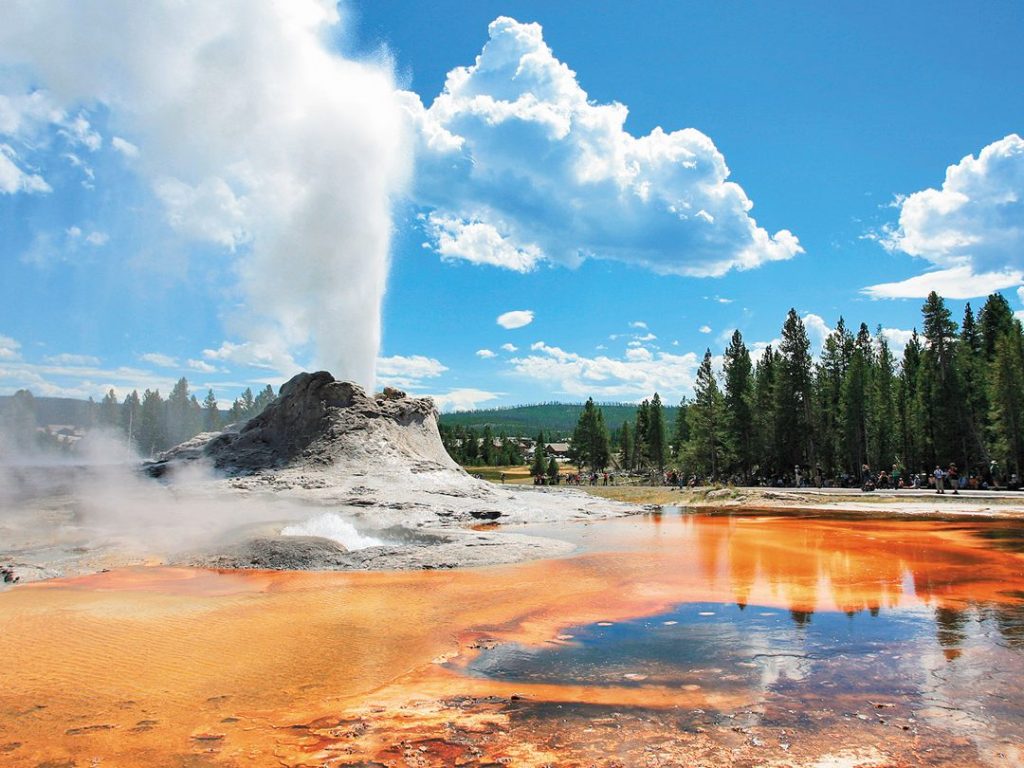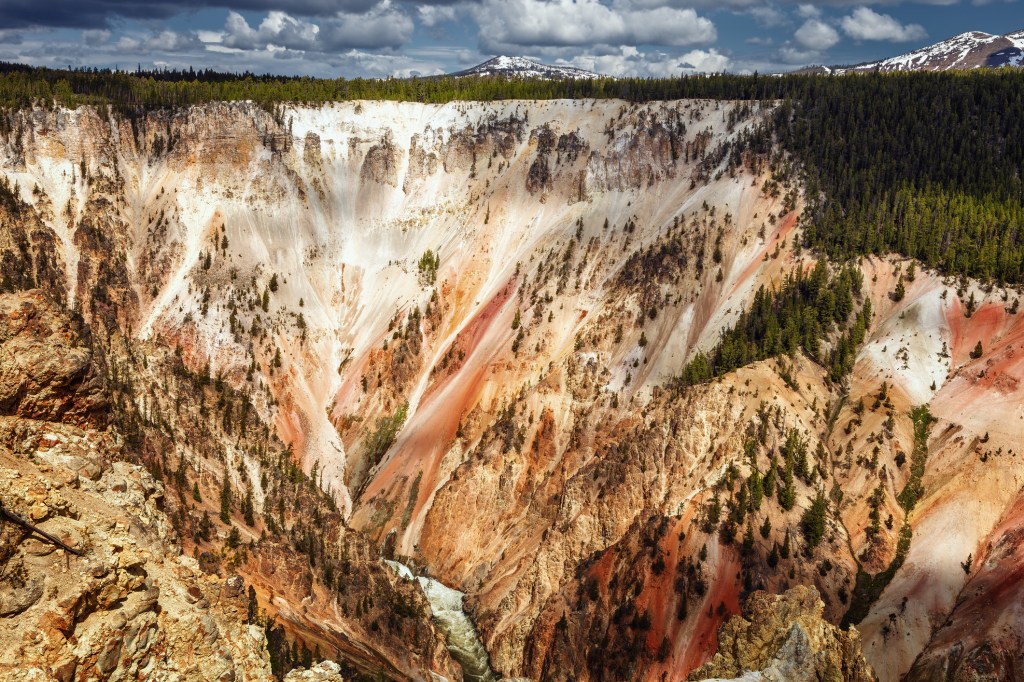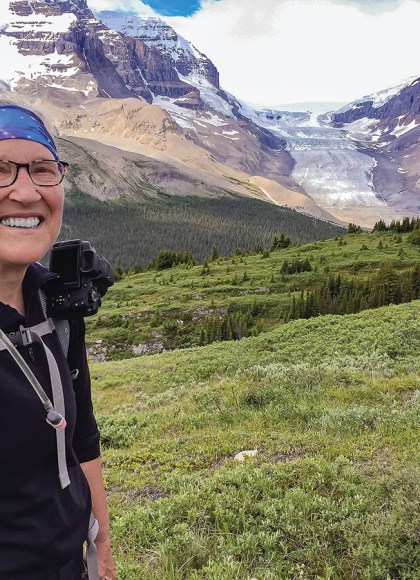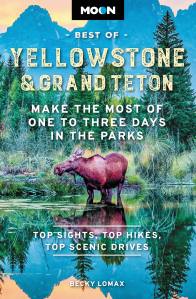One Day in Yellowstone National Park

In Yellowstone National Park, rumblings of a supervolcano boil to the surface—spewing, spitting, oozing, and bubbling. Steam rolls from vividly colored pools, muddy cauldrons burp smelly gases, and blasts of hot water shoot high into the air. The cantankerous landscape gushes with spouters like iconic Old Faithful.
Throughout the Greater Yellowstone area, sagebrush prairies make wildlife easy to spot. Bison, elk, antelope, wolves, and even grizzly bears enchant visitors. Hiking trails, alpine lakes, bicycle paths, rivers, and ski trails in winter all create a four-season recreation paradise to explore.
Here’s the best way to spend one day in Yellowstone National Park:
Morning:
Head to Upper Geyser Basin early in the morning to avoid the crowded part of the day. Plan to arrive by 8am if possible.
Check the time listed at the visitor center for Old Faithful Geyser to erupt, and aim to be at the arena for about 30 minutes in advance to claim a seat.
Saunter the boardwalk around Geyser Hill in the Upper Geyser Basin to see blue Heart Spring and the Lion Group of small geysers.
Tour Old Faithful Visitor Education Center to learn about Yellowstone’s volcanic activity, especially the difference between geysers, hot springs, mud pots, and fumaroles.
Circle the Firehole River Loop, if time permits, to see Castle Geyser, Grand Geyser, Grotto Geyser, and Morning Glory Pool.
Stop in Old Faithful Inn to explore the National Historic Landmark.
Drive north to Midway Geyser Basin to walk the boardwalk to admire the radiant orange arms of Grand Prismatic Spring.
Afternoon

Picnic for lunch at the Nez Perce Picnic Area on the Firehole River.
Drive to Norris Geyser Basin to walk by Black Growler and the colorful Porcelein Basin.
Pop eastward in the car to the Grand Canyon of the Yellowstone to admire the Lower Fall from Red Rock Point on the North Rim, then the Upper Fall and Artist Point on the South Rim.
Continue south into Hayden Valley to spot wildlife such as bison, elk, and trumpeter swans from pullouts.
Evening
Finish the adventure at the historic Lake Yellowstone Hotel, with dinner and a walk along the lake at sunset before spending the night.
Travel Tips for Yellowstone National Park
- This itinerary works best mid-May-early October, when most of Yellowstone is open.
- Avoid the largest crowds by traveling outside the July-August window.
- Make reservations for lodging and dining at Lake Yellowstone Hotel 12-18 months in advance (307/344-7311).
- Download the NPS Yellowstone app and NPS Geyser app before you leave home due to limited cell service. Use them for traveling and checking eruption time predictions for six geysers, including Old Faithful Geyser.
- Pack a cooler with a picnic lunch, water, and snacks. If you are hungry for lunch before visiting Grand Prismatic Spring, stop at Whiskey Flats Picnic Area instead.
- Parking may be full, especially in summer, at Midway Geyser Basin and some overlooks at Grand Canyon of the Yellowstone. You may have to be flexible with the schedule.
- Stop to use the vault toilets at picnic areas along Lower Grand Loop Road rather than waiting in long lines at geyser basins and visitors centers.
Newsletter Signup
By clicking ‘Sign Up,’ I acknowledge that I have read and agree to Hachette Book Group’s Privacy Policy and Terms of Use
Pin it for Later


